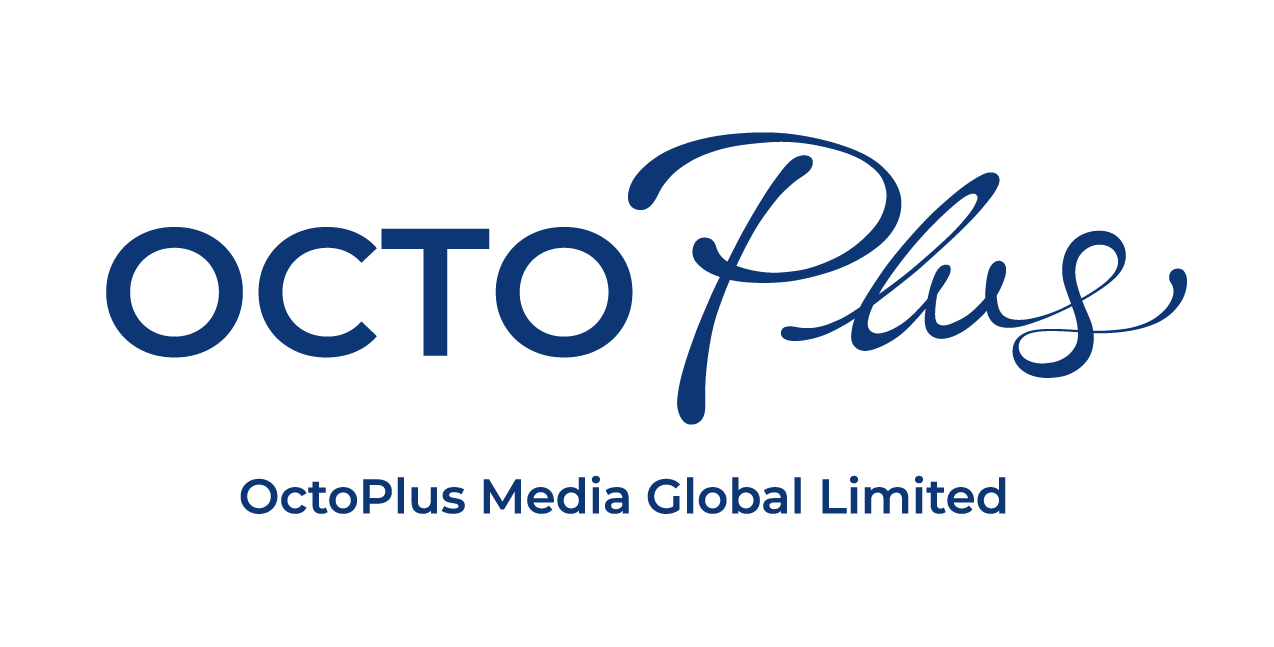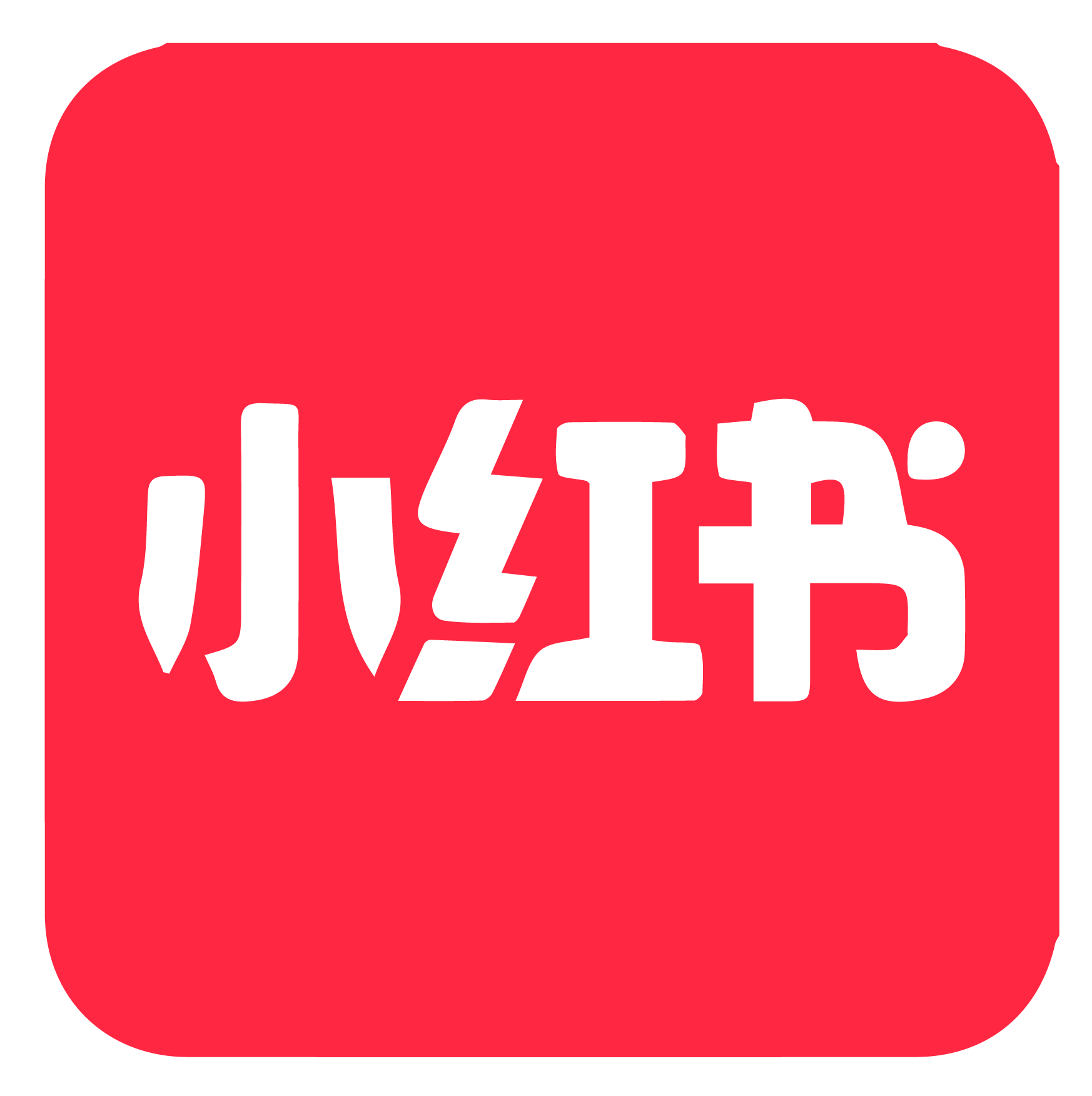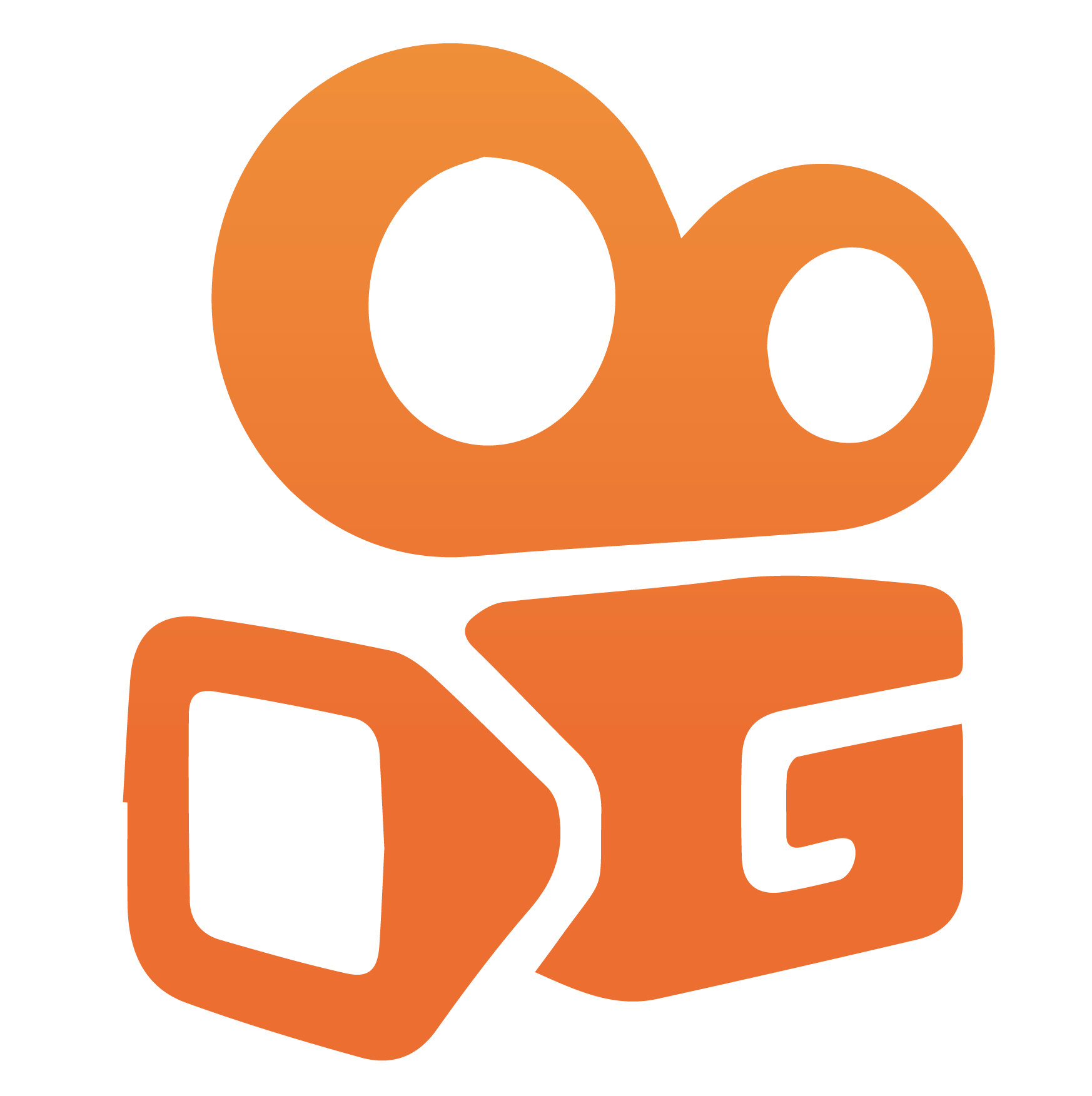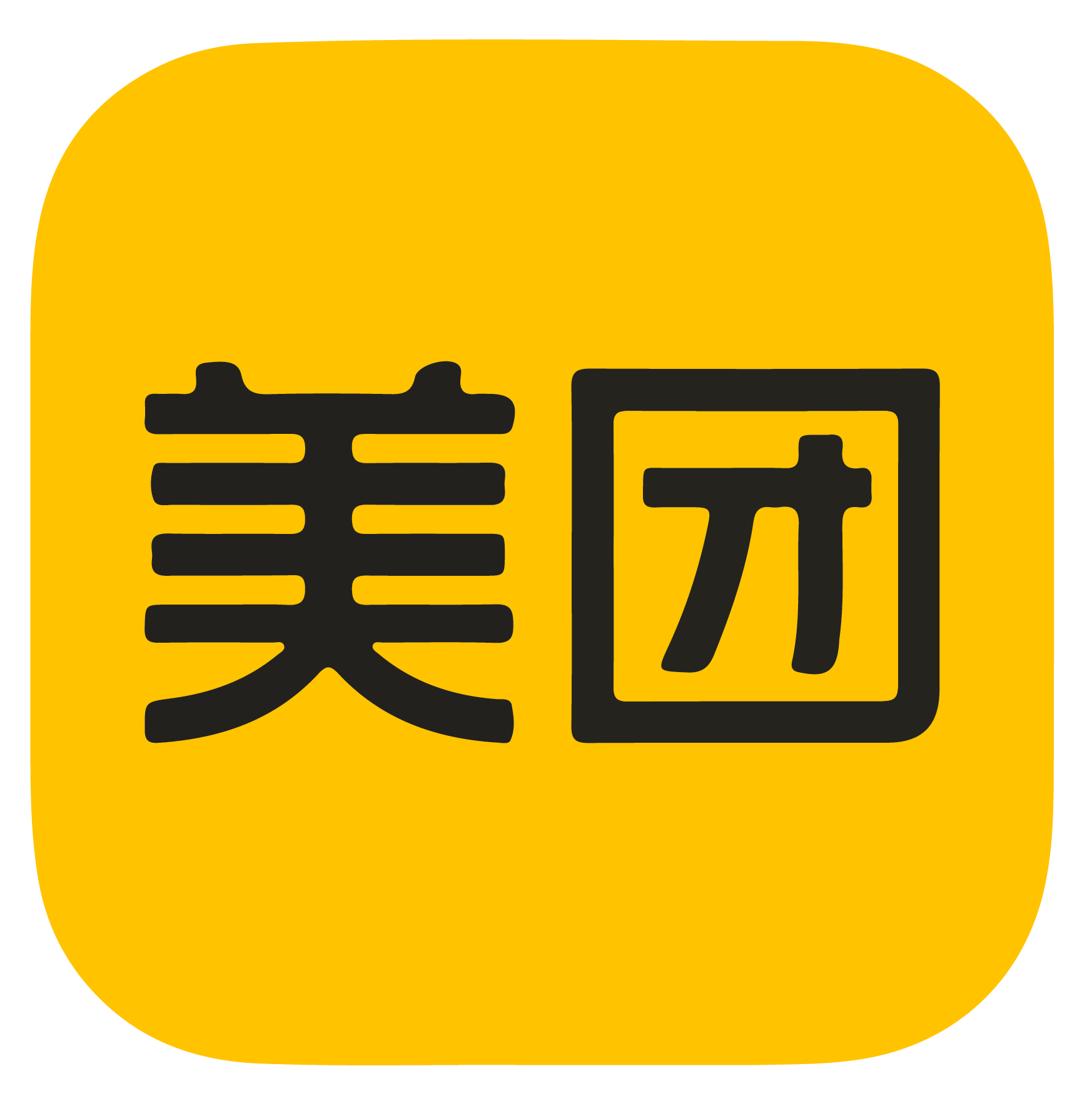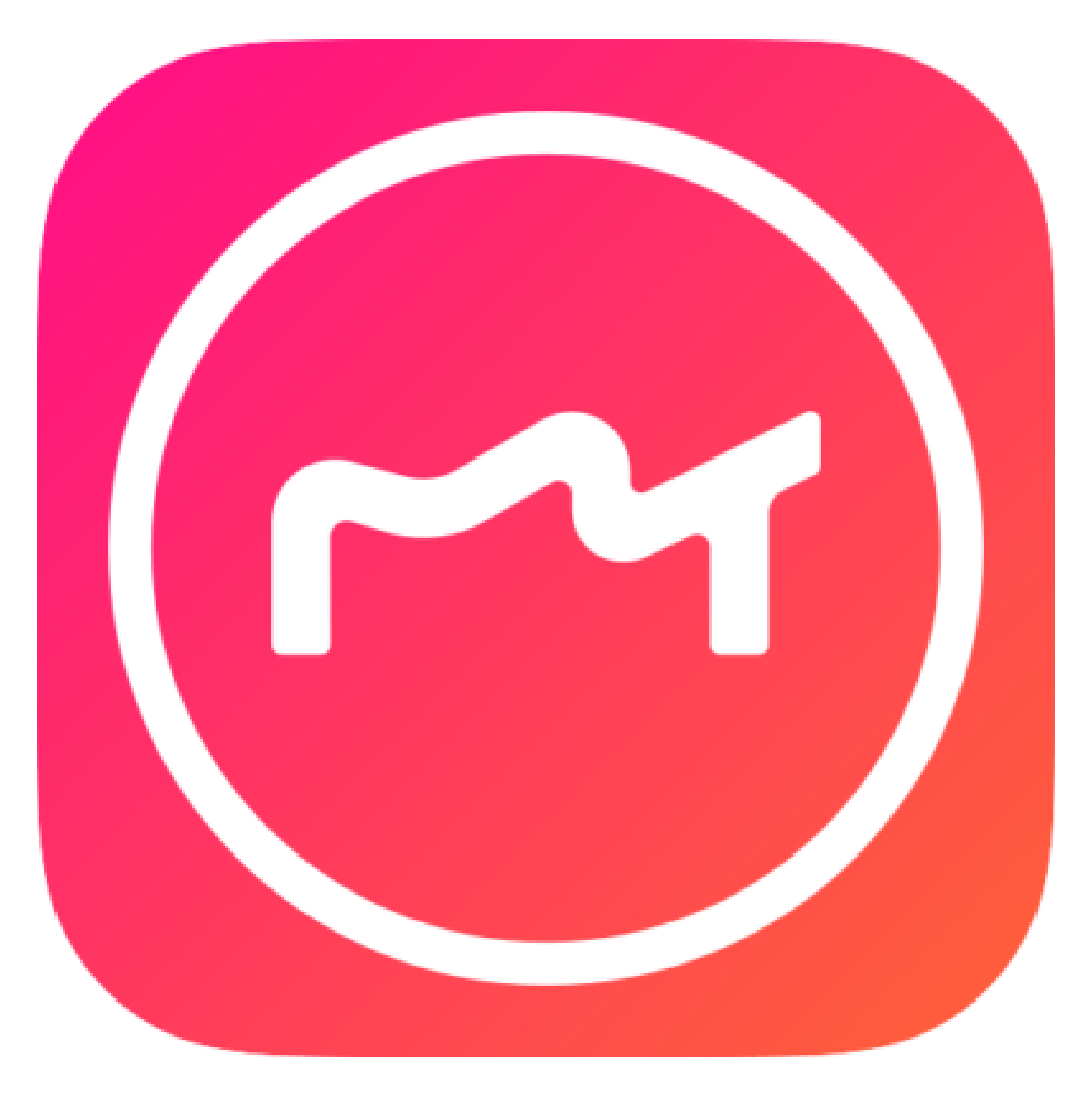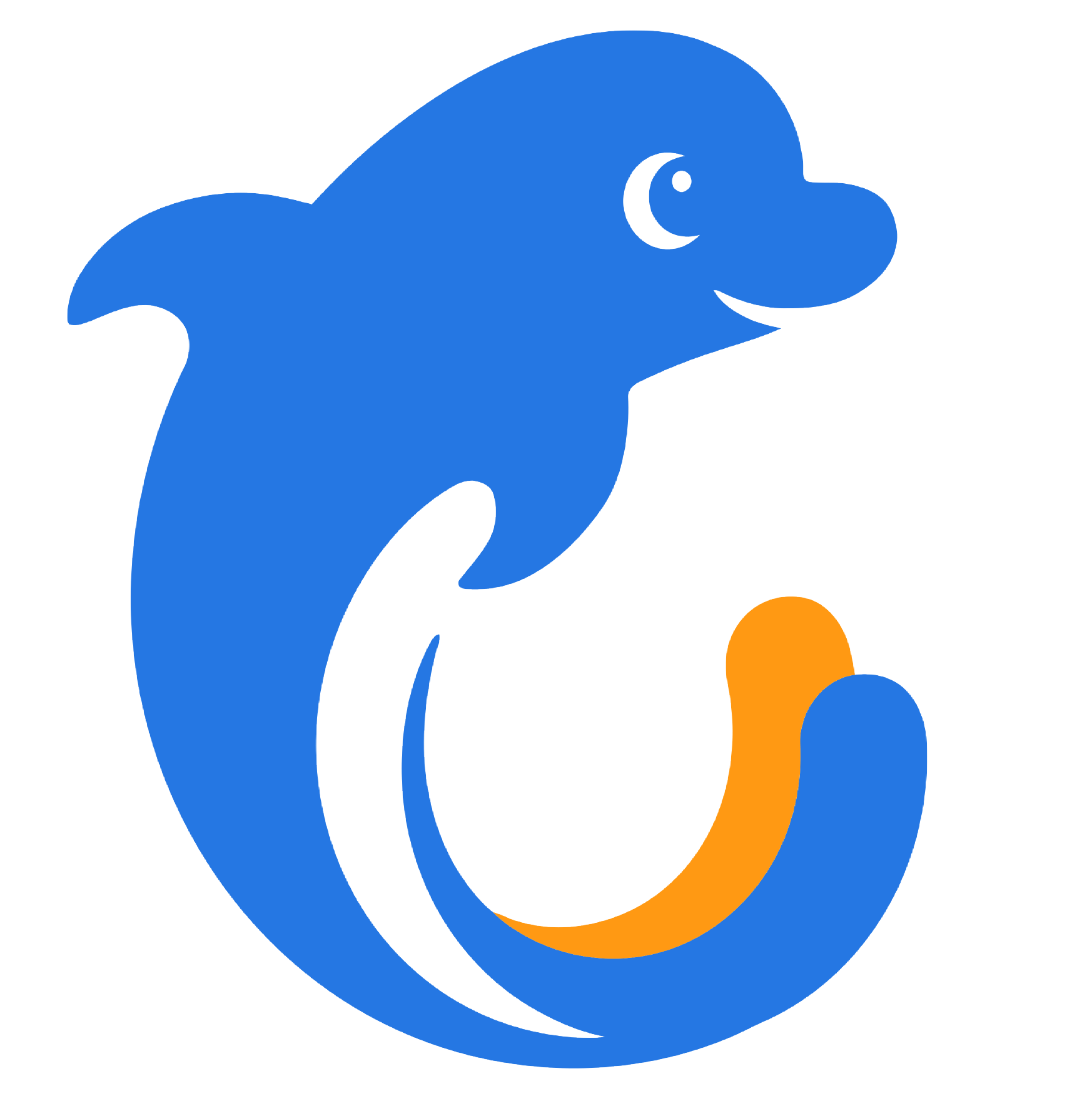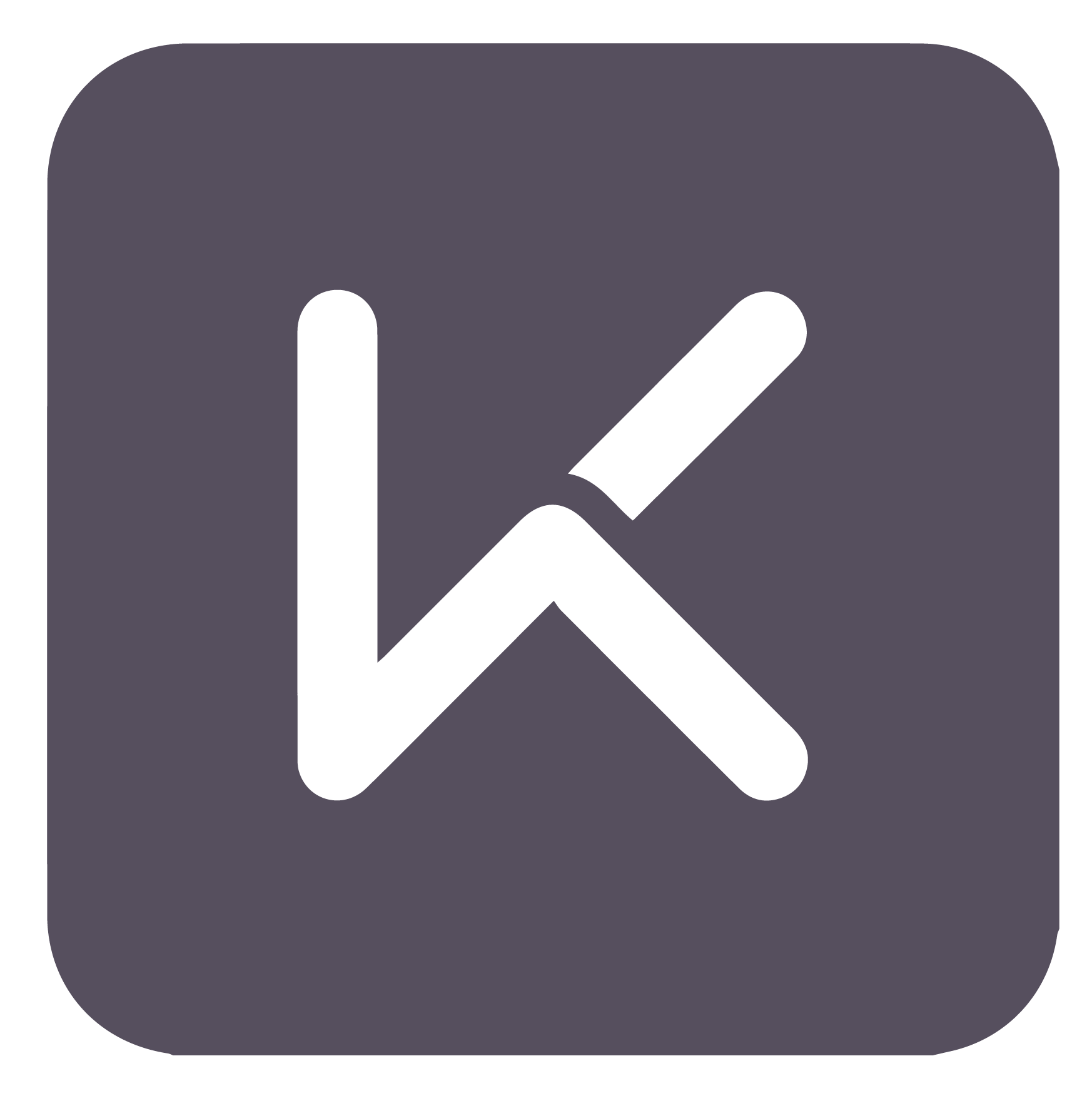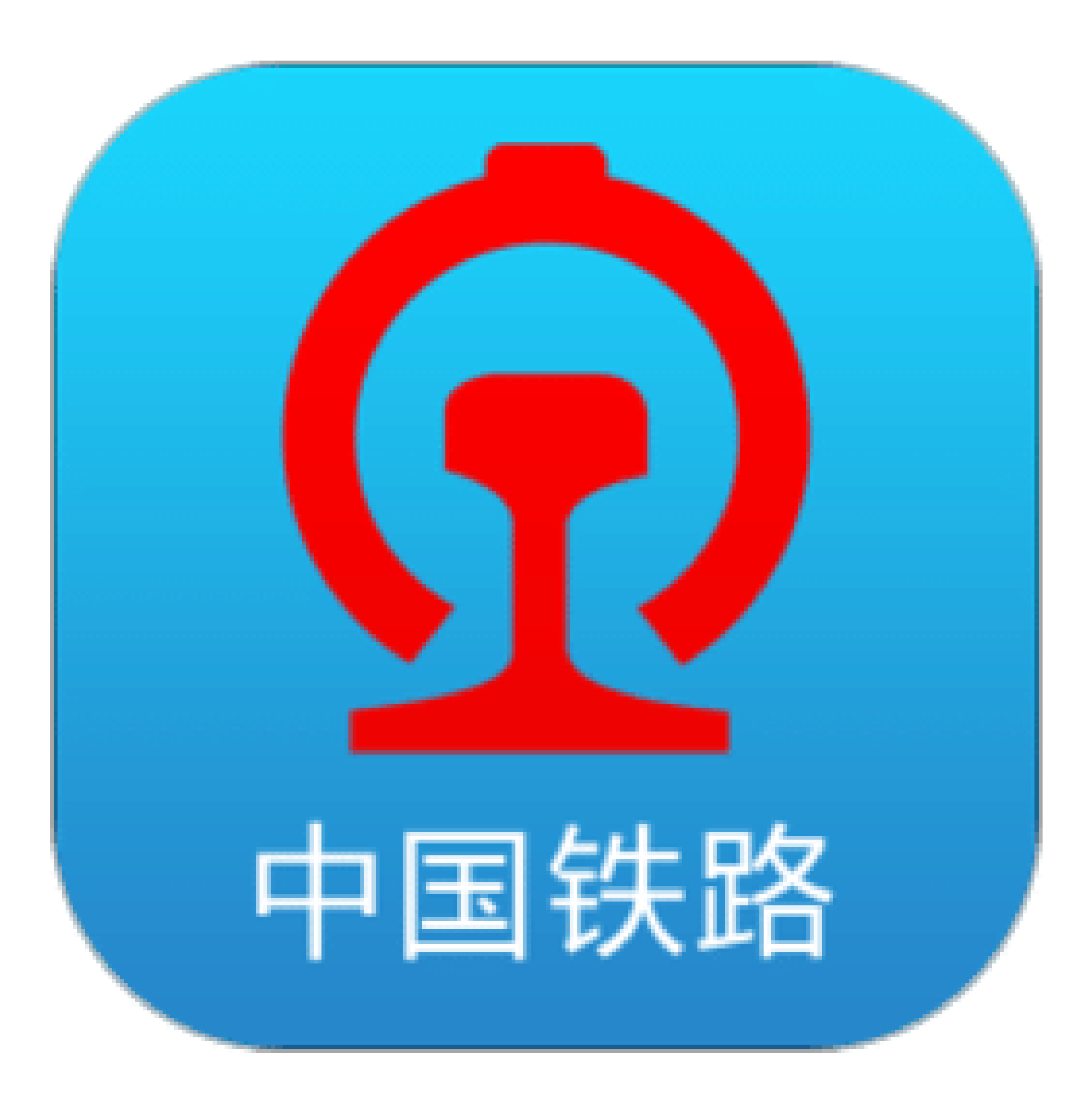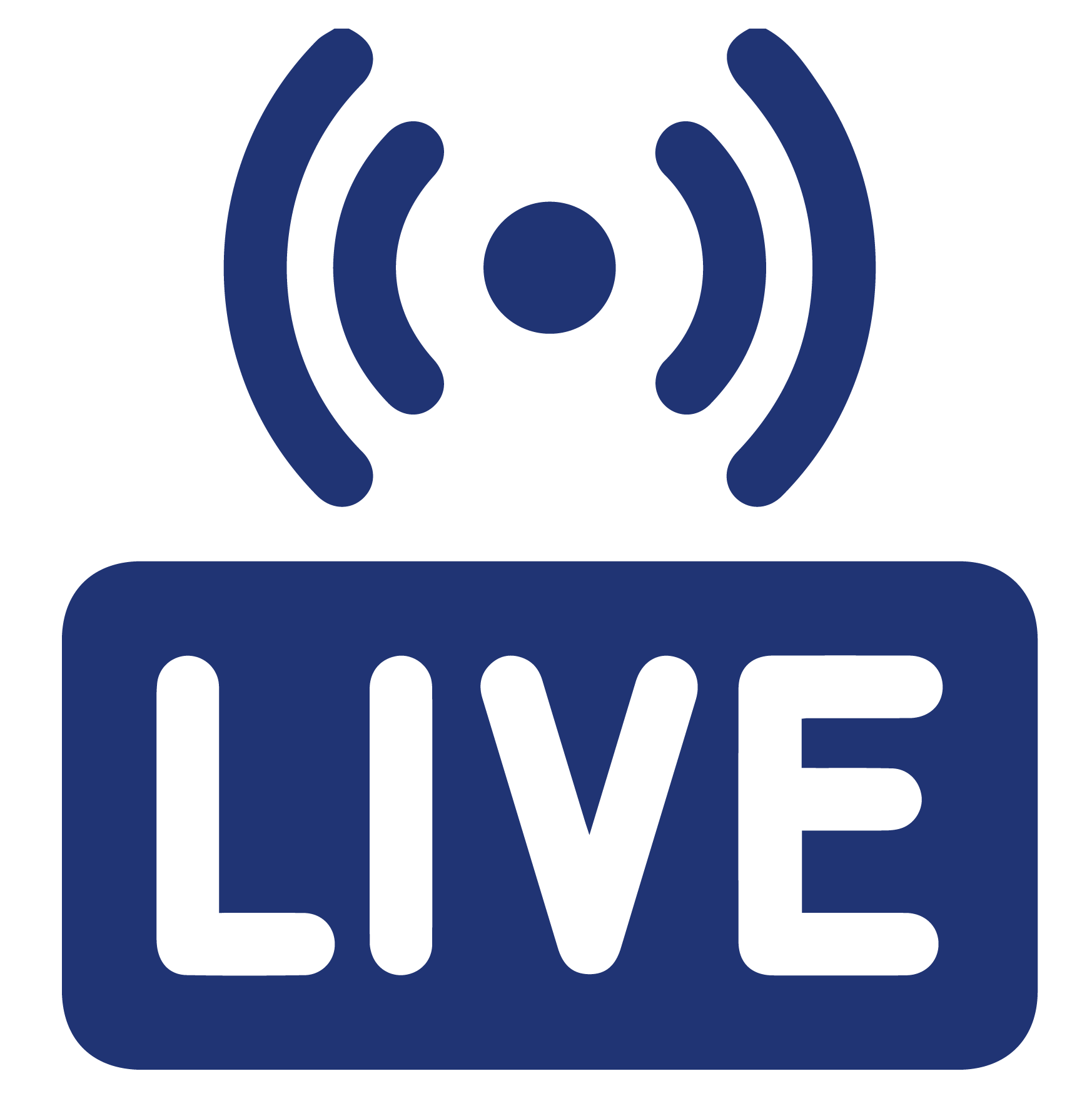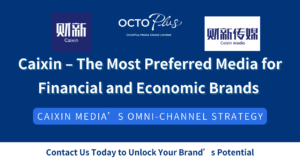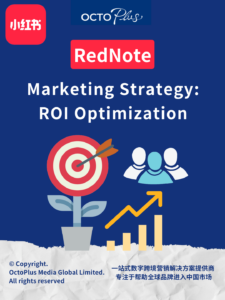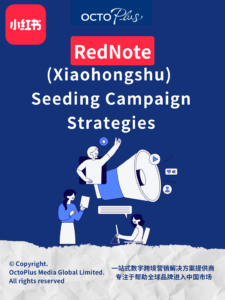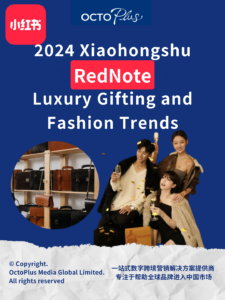Insights of WeChat Luxury Brands 2021
【Posted on: 2021 August】
“The WeChat Luxury Index 2021” by DLG and JINGdigital provides insights based on non-public data to allow luxury brands to benchmark their performance in the industry. WeChat is a social messaging and media platform launched in 2011, expanded the range of service from payments to e-commerce solutions. It has now more than 1.225 billion monthly active users (MAU) as of March 2021. WeChat is now an integral part of every brand’s digital strategy in Mainland China.
1. Acquisition – follower recruitment-related metrics
Brands experienced different rated of growth in their WeChat communities in 2020, as report mentioned, larger accounts is facing a general slowdown growth rate since 2018 while small accounts has picked up pace. Brands must be even more aggressive and innovative in their fan acquisition and retention strategies as WeChat communities grow larger and more saturated with brands.
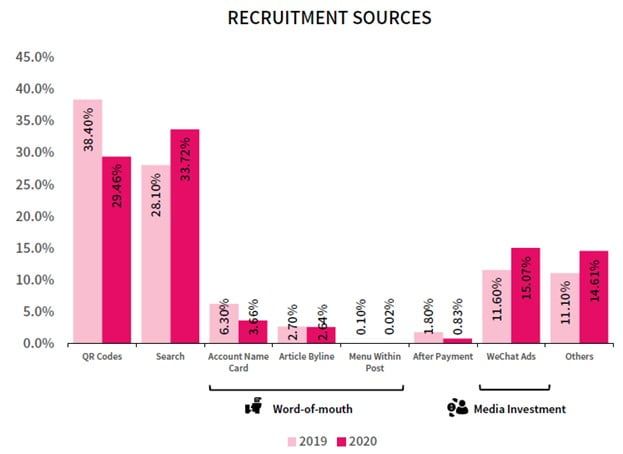
Based on data shown, Search has the highest percentage of 33.72% among others recruitment sources in 2020, followed by QR code. Consumers tends to make use of WeChat as a search engine for example by tags, Mini Programs, etc which also helps to boost the organic traffic to brand accounts.
Brands can derive a realistic growth target based on the formula given below:
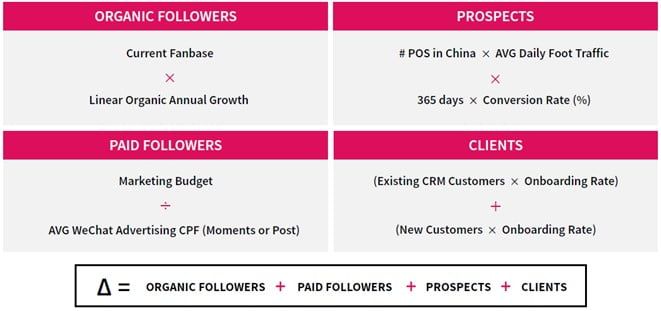
Another concern of follower recruitment is that losing some existing ones with every content push, thus implement audience segmentation can help to minimize the unfollow rate. By tailoring the audience’s interest in the content, they are less likely to find the weekly content push is annoying, results in a longer follower lifespan.
2. Engagement – examines both fan and post engagement statistics
There are few engagement actions can be tracked with the possible of using a social CRM back-end in place and within the Official Account environment. Below are the actions tracked for the purpose of the study from the report: –
- Menu clicks, Messaging, QR Codes, Post Interactions (link clicks, comments, likes, shares, WOW)
Other trackable actions can be tracked through behaviours on Mini Programs and other web assets using the WeChat JSSDK, below are some of the examples (not included in the study): –
- Mini Program activity, Follower data collected via forms, Product preferences based on interactions, Conversions on Mini Programs
The report showed that menu clicks on brand Official Accounts which is accessing information related to the brand formed the top engagement action type in 2020, followed by E-commerce-related menu clicks while the lowest is CRM on Official Accounts. E-commerce-related interaction could be caused by pandemic and brands should still develop strong CRM and membership programme.
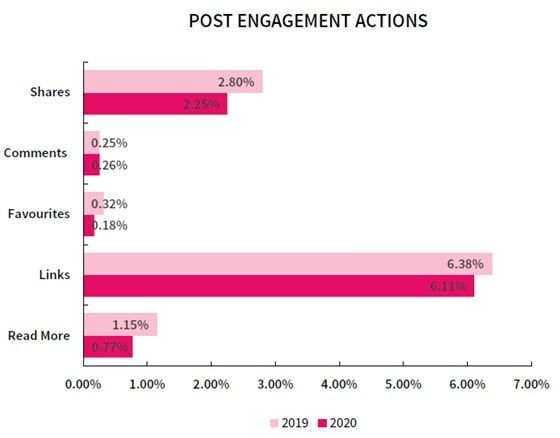
Link clicks is still the most popular engagement type for post interactions in 2020. Therefore. Brands should concentrate on establishing a clear linking strategy and ensuring that clear calls-to-actions are included in strategic locations across articles. WOM potential of WeChat remains low and this is indicated by interactions like comments, favourites and shares have fairly low engagement rates.
Link clicks is still the most popular engagement type for post interactions in 2020. Therefore. Brands should concentrate on establishing a clear linking strategy and ensuring that clear calls-to-actions are included in strategic locations across articles. WOM potential of WeChat remains low and this is indicated by interactions like comments, favourites and shares have fairly low engagement rates.
As the WeChat ecosystem becomes more crowded with businesses and information, the ability to customise and optimise the content that appears in a user’s chat feed will help the piece stand out more, boosting the likelihood of viewers engaging with it. The engagement rate for articles sent to segmented audience groups is at 10.2%, higher than average in-article engagement rate of 9.56%. This is showing that audience segmentation can help to increase the in-article engagement of their followers. Best practice for audience segmentation is that brands need to:
- Clearly define the stages and goals along the consumer journey
- Identify what information is required from consumers to communicate effectively
3. Content – frequency of posts, opening rates and content performance
Based on the report, 56.8% of luxury WeChat Official Accounts made four pushes a month in 2020, a decrease from the 67.5% of brands that did so in 2019. Brands appear to be publishing content less regularly than in the past. This could indicate that brands prioritize quality over number when it comes to content creation, allowing them to better allocate their resources.
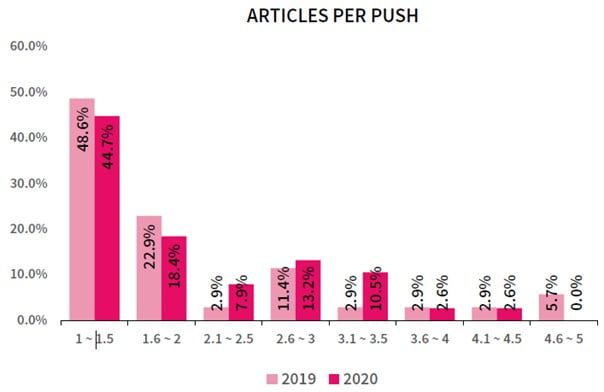
The study showed that more than half the brands are pushing 1 to 2 articles per push in 2020. Very few brands are publishing more than 2 articles per push. Brands appear to be focusing their efforts on producing higher quality with fewer pieces of content in general.
The average open rate for all articles pushed by luxury brands in WeChat dropped in 2020 as of 8.03%. It has been noticed that cumulative open rate od multiple article pushes are higher than single article pushes. Therefore, io increase open rates without dramatically increasing expenditures, brands should consider generating and working with a pool of sub-articles that can be easily reused. A sub-article pool allows brands to communicate key topics with followers and it can be customized based on specific user segments for example: –
- Sales/Conversions: Such articles usually include elements like store locators or e-commerce links, which are aimed to boost conversions and drive revenue.
- CRM: These articles are aimed at reactivating consumers and directing them to services or a loyalty programme.
- Ad-Hoc: These articles are created whenever the brand has a new launch or event to publicize.
Brands can carry out A/B Testing on the different audience segmentation to determine the best type of content positioning, the best day and time to publish content or even test out new article layouts. Open rates and engagement rates can be improved in the long run as a result.
4. Key Opportunities 2021 – new functions in the WeChat ecosystem that brands can leverage
- SMS to Mini Program
Brands can make use of SMSes into Mini Programs to drive e-commerce sales, onboard users to membership programmes and even connecting them with sales associates (SA) for example starts with sending messages to redirect consumers to the Mini Program when promoting a new product. Brands also can drive consumers to its WeChat Official Account to explore more information or become a follower after binding users to the membership programme on the Mini Program. Other conversion opportunities also including repurchase opportunity, cross-selling opportunities, loyalty programs and so on.
- Marketing Automation
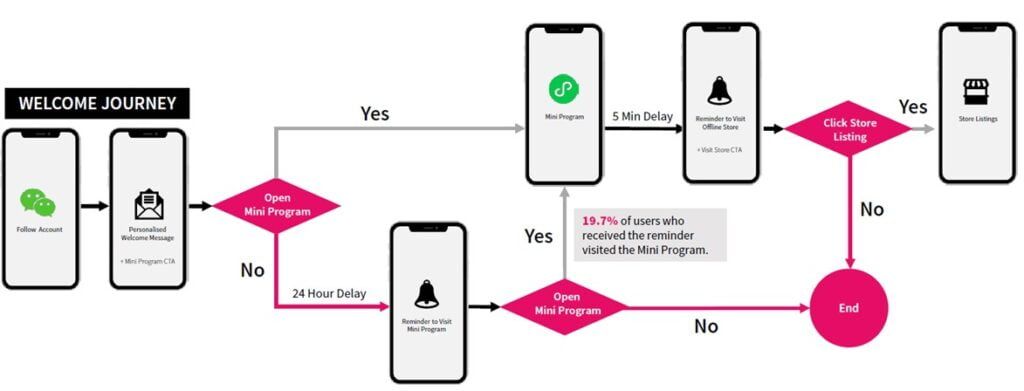
Marketing automation can trigger communications after selected actions take place on WeChat by utilizing the 48-hour window. Within 48 hours of their first encounter with the Official Account through the WeChat Customer Service API, marketers will be able to send an unlimited number of unsolicited messages to a follower via the integrated SCRM platform.
- Social Commerce
Brands can utilize the social platform cross-linking functions to keep users within their ecosystem. For example, brands can include a direct link to their Mini Programs on WeChat for a fee or drive consumers from other social platforms such as Weibo and RED to WeChat Mini Programs, allow consumers to discover more and purchase the products.
Other ways to drive conversions on WeChat through Mini Programs including a permanent store, product drops or pop-up store that all can be managed through WeChat Mini Program. Also, brands can host a live stream on a Mini Program to attract users to make in-app purchases.
If you are interested to get more information about the insights or case studies, you are welcomed to request from us.
Feel free to talk to us
It’s a team with one single shared goal, which is our client’s success. Deliver results for your business now.
